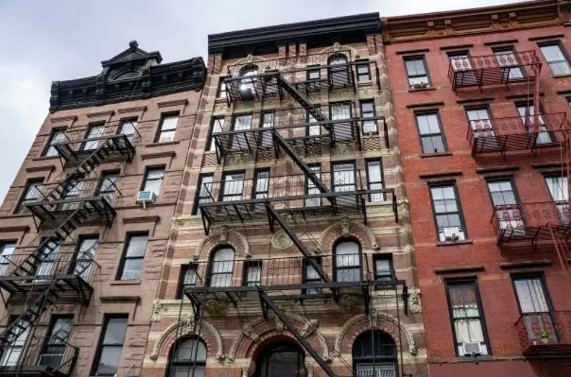Published by Forbes.com | June 9, 2023
Land trades and prices have declined consistently, mostly because it's not financially feasible to build rental housing without a government incentive like 421a.
As housing affordability has become a flashpoint nationwide, state legislatures across the country have introduced over 60 rent control-related bills, adding to the rent regulations already implemented by more than 200 local governments, according to the National Apartment Association (NAA).
While 33 states preempt local governments from adopting rent regulation laws, New York, California, the District of Columbia, Maine, Maryland, Minnesota, New Jersey, and Oregon have rent control policies in place at the state or local level.
New York City’s history with rent regulation dates to the post-World War II era. Today, more than 1 million of New York City’s 2.27 million rental units are rent stabilized, which means they are governed by a complex set of restrictive regulations with rents set annually by the Rent Guidelines Board (RGB).
Although discussions about rent laws divide advocates and owners into two camps—pro-tenant or pro-landlord—I argue that the debate isn’t about that. From a macro perspective, it’s about whether one believes in ‘government regulation’ or the ‘free market’ in general.
While it may appear that tenants benefit from rent regulations, there is actually a negative impact that one can argue outweighs the benefits. Policies that discourage a reasonable return on an investment, result in deferred maintenance in existing buildings and a shortage of housing, both of which hurt tenants.
Most housing providers agree with the NAA’s position on rent regulation, which states: “Rent control distorts the housing market by acting as a deterrent and disincentive to develop rental housing and expedites the deterioration of existing housing stock.” While done under the guise of preserving affordable housing, the policy hurts the very community it purports to help by limiting accessibility and affordability.


